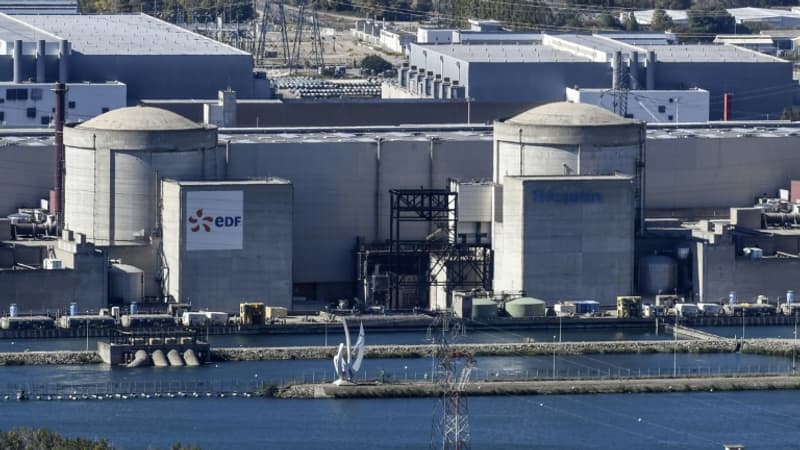A difficulty adds to the time trial undertaken by EDF until this winter. Following strikes at Esso and TotalEnergies refineries and fuel depots, several of the energy company’s nuclear facilities have also been affected by a social movement since last week. EDF identified six affected sites before this weekend, while the CGT counted nine the following day: Belleville, Bugey, Cattenom, Cruas, Dampierre, Gravelines, Paluel, Saint-Alban and Tricastin. A situation that did not take long to weigh on the already very tight agenda of the energy company.
According to the BFM Business energy dashboard, no progress can be reported in terms of restarting the nuclear reactors this week, as 25 of them are still shut down. The restarts of six reactors have been delayed since last week at the Tricastin, Saint-Alban, Cattenom and especially Cruas sites, of which 3 of the 4 structures are affected by these delays. The month of November is already crucial to restart 12 reactors in order to be ready for the coming winter.
Water supplies are approaching their usual level
Waiting to face this decisive month of November, EDF tries to calm down on the front of the water dams. Reservations continue to be filled at a rate of 64%, like last week, but they are one point closer to their historical average for this period, whose rate is around 70.6%. This approach is explained by the fact that EDF has not taken water from the dams for a month and a half in order to save water. The autumn rains should allow their level to rise at the end of the year, in particular for those of the Southern Alps, the Pyrenees and the Massif Central, whose filling still varies between 52 and 58%. The Northern Alps sector is doing better with reservoirs 80% full.
Finally, gas stocks remain at 98%, their technical maximum, although it must be remembered that they cover “only” 25% of the annual gas consumption in France.
Source: BFM TV


